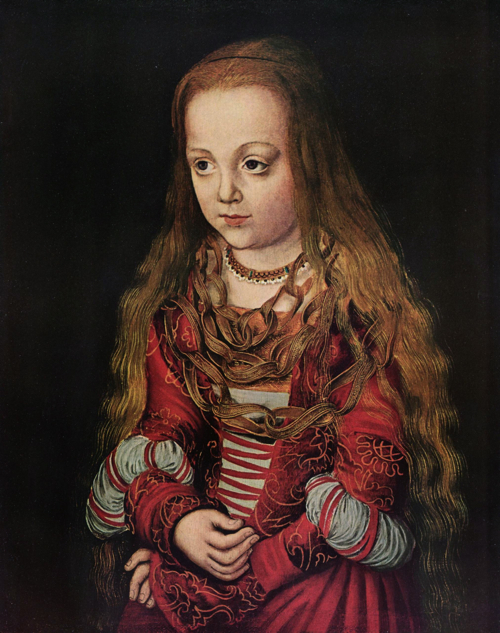The Lure of the East: British Orientalist Painting is an exhibition of ‘the responses of British artists to the cultures and landscapes of the Near and Middle East between 1780 and 1930’. So the East here is Cairo, Jerusalem and Constantinople, and not Bombay, Singapore or Nagasaki.

You can hardly touch on the subject without a name-check for one of the few bits of cultural theorising that’s so famous that even I’ve heard of it, and the Tate mentions it right up front:
In the 1970s the Palestinian-American academic Edward Said published his treatise on Orientalism, initiating a global debate over Western representations of the Middle East. For many, such representations now appeared to be a sequence of fictions serving the West’s desire for superiority and control over the East.
So I went round with that argument somewhat in mind, and I had a yeah-but-no-but reaction to it. The Tate’s one-sentence summary of the argument — a sequence of fictions serving the West’s desire for superiority and control — makes it sound like a coordinated propaganda effort to push a particular agenda, and it clearly isn’t that; but then I imagine that Said’s original book was rather more nuanced anyway.
Yes, there’s a focus on the picturesque and the exotic, and a certain superficiality in the images, and some particular subjects which bring out the worst in the artists, like the slave markets and the harem. And I’m sure they did travel around with a bone-deep sense of their own culture’s superiority. But to offer a couple of points in lukewarm defence: firstly, this is tourist art. Most of the artists travelled in the region for a year or two, so it’s a rather more immersive kind of travel than most modern tourism, but still, these are visitors painting for the British market. I think much of the picturesqueness can be explained simply by their tourist status, without the need to invoke some kind of deep cultural agenda. Not that the two ideas are mutually exclusive.
The other point is this. The bulk of the work here is C19th, and when you look at C19th paintings on other subjects — scenes from Shakespeare, or the Bible, or British history, or even contemporary life — you see a similar tendency towards the picturesque, the colourful, the sentimental and the didactic. These were not people keen on ambivalence and self-doubt.

The one subject where cultural differences collide most spectacularly is the harem. Obviously, none of the male artists had ever been inside a harem — there’s not much point in sequestering your women if you let a load of nosy foreigners come in and paint them — and the idea of them came to occupy a rather sweaty part of the artists’ imaginations. The harem paintings in this exhibition are relatively tame (apparently French versions had rather more flesh on display), but they are clearly an opportunity to paint some exotic totty, rather than a sensitive and nuanced exploration of cultural difference. There’s one painting by a woman who had actually been inside a harem, and apparently it caused a minor sensation at the time for revealing what the harem was really like: not in fact a rich, tapestry-draped, incense filled hothouse full of scantily clad odalisques, but a rather plain domestic interior full of woman doing boring domestic stuff.
Other paintings were perhaps not exotic enough. There’s a great scene in Brideshead Revisited, where Charles Ryder, having established his reputation as a painter of country houses and English scenery, has been on a trip to South America, and has been getting rave reviews for an exhibition of South American scenes when Anthony Blanche turns up, takes him to a seedy gay bar and precedes to eviscerate the pictures.
“Oh, the pictures,” they said; “they’re most peculiar.” “Not at all what he normally does.” “Very forceful.” “Quite barbaric.” “I call them downright unhealthy,” said Mrs Stuyvesant Oglander.
‘My dear, I could hardly keep still in my chair. I wanted to dash out of the house and leap in a taxi and say, “Take me to Charles’s unhealthy pictures.” […] and what did I find? I found, my dear, a very naughty and very successful practical joke. It reminded me of dear Sebastian when he liked so much to dress up in false whiskers. It was charm again, my dear, simple, creamy English charm, playing tigers.’
There was certainly something of that about the exhibition: a failure, for example, to communicate any sense of heat.
I chose the two paintings here because I like them, rather than because they’re typical. In fact, I like them because they’re not typical. Most of the paintings left me underwhelmed, and that’s my real problem with the show; it’s fairly interesting, but it didn’t excite me very often as art.
» The paintings, both taken from the exhibition website, are Sir Robert Shirley, Envoy from Shah ‘Abbas of Persia to the Courts of Europe, painted by an unknown artist before 1628, from the collection of R.J. Berkeley; and Arthur Melville’s An Arab Interior, 1881, from the National Gallery of Scotland.









